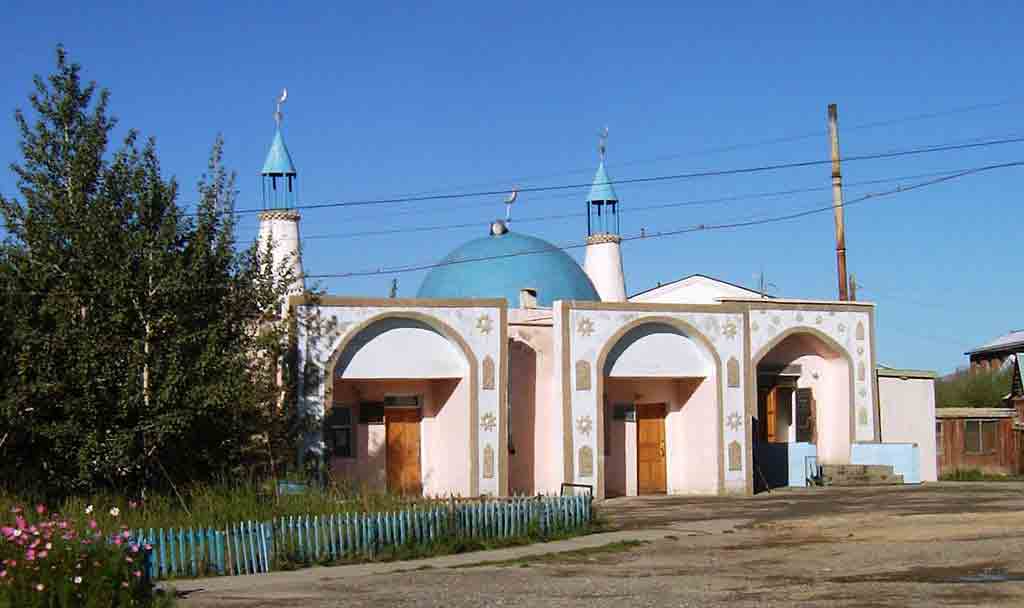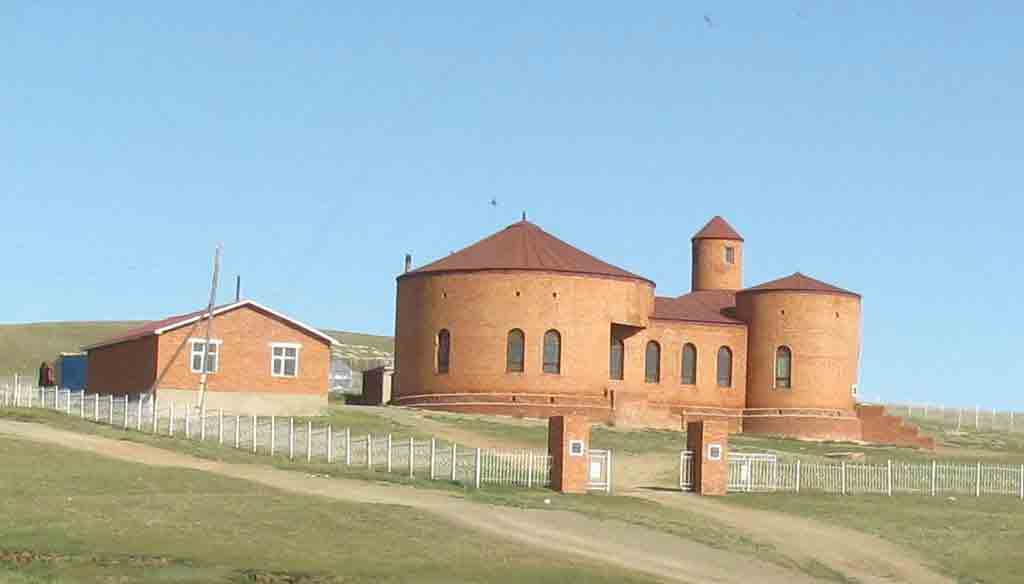

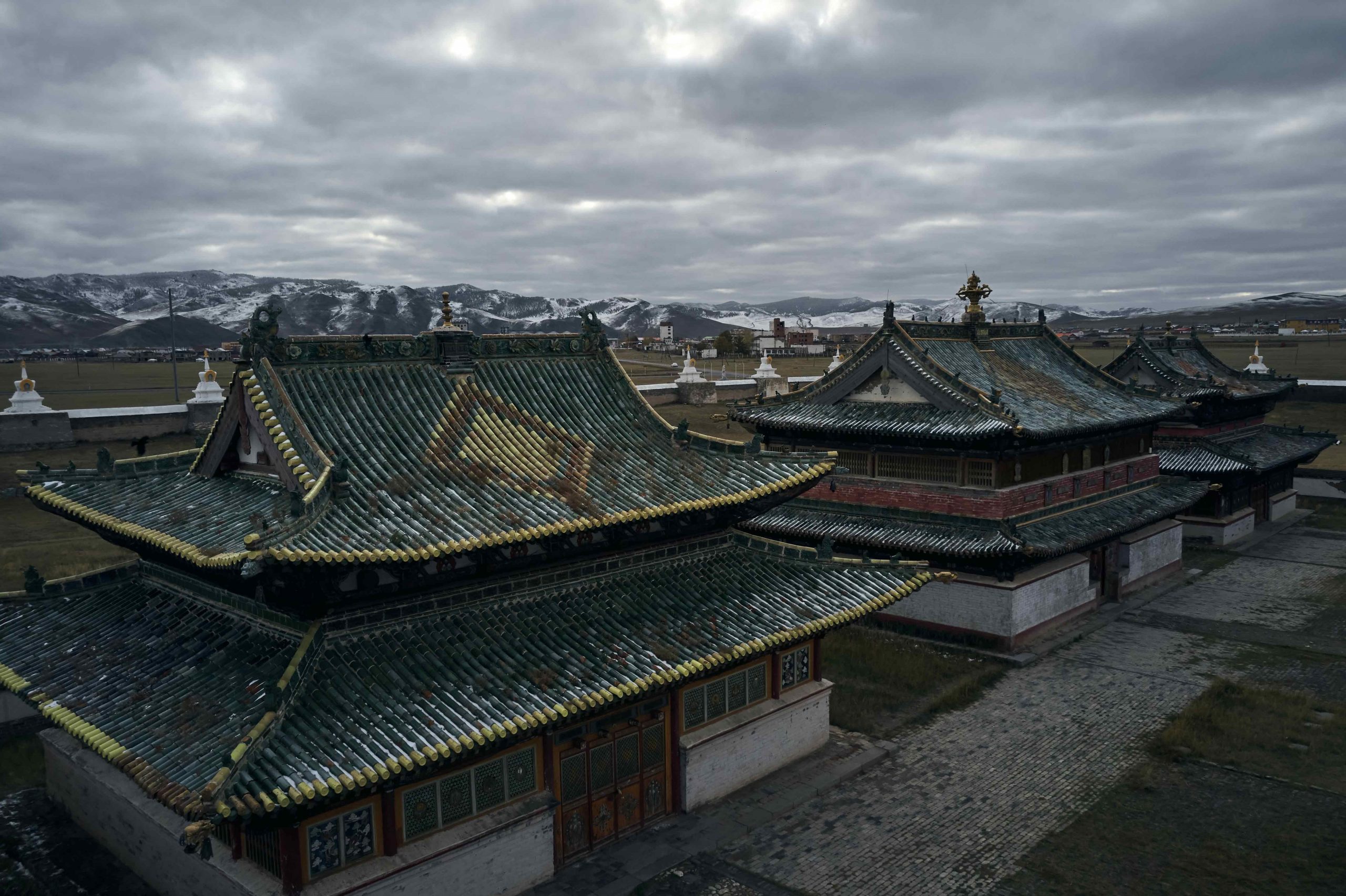
Mongolia is a sovereign nation in the east of Asia with a population of around 3.2 million people as of 2020. Religion is practiced by around 60 percent of the population or 1.8million people. To break it down further around 51% of the population practices Buddhism making it the main religion of the country. Other religions in the country are small and are not widely practiced. That being said 2.5% of the population practice Mongolian shamanism or in other names Mongolian folk religion. In the past missionary’s tried to introduce Christianity and Islam but the religions struggled to take off as the country already had strong Buddhist beliefs.
Buddhism was introduced to the Mongolian people in the Yuan dynasty (1271-1368) when the emperor at the time converted to Tibetan Buddhism. Buddhism lost popularity during the fall of the Mongolian Empire in 1368. At that time, they returned to practicing traditional Mongolian shamanism. Buddhism made a comeback in the 16th and 17th centuries when Mongolia declared its independence from China. Religion struggled as a whole in more modern times when Mongolia was under communist control (1924-1992) and the government suppressed all religious practices. As of 2020, Buddhism is practiced by around 51.7 percent of the population (1,700,000 people). There is also a sect of Buddhists who have adopted beliefs from both Buddhism and Mongolian shamanism. Their unique sect is called Yellow shamanism.

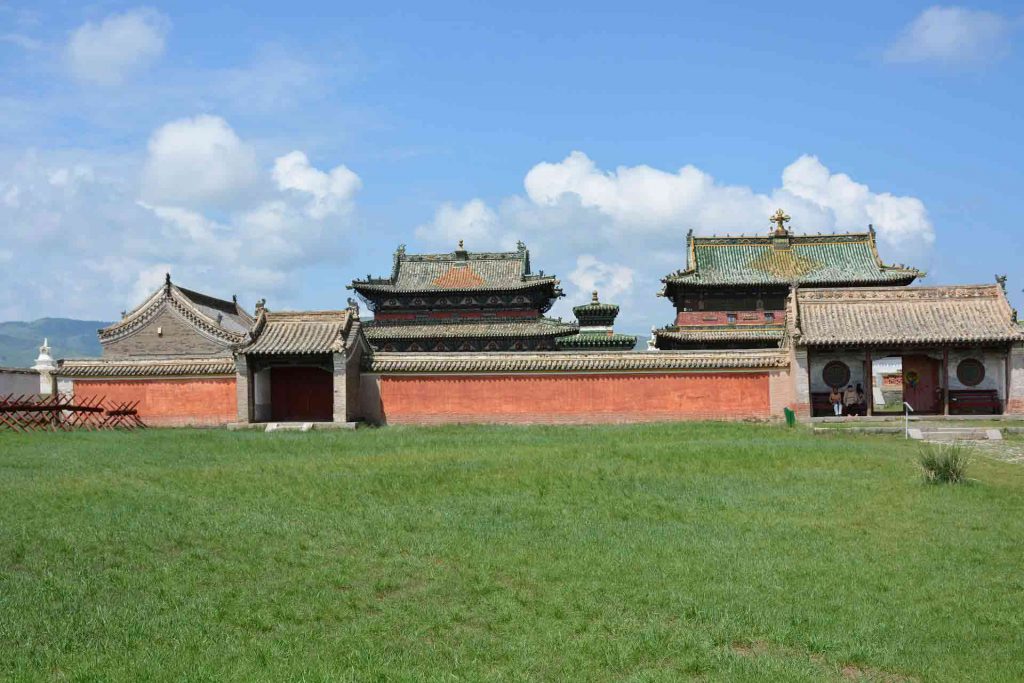
Mongolian shamanism has been practiced by the people of the region since before recorded history. Mongolian shamanism is a worship-centered religion where people honor and pray to Tngri (Gods). The highest ranking Tenger (God) is Qormusta Tengri, who is said to be the one who embodied Genghis Khan and led the Mongolians to victory in battle. Genghis Khan is honored as a God in one of the most important grounds of worship in Mongolian shamanism, The Mausoleum of Genghis Khan in Ordos City (Inner Mongolia). The religion was hit particularly hard during the communist rule of Mongolia and lost the majority of its followers, but since Mongolia gained its independence, the remaining shamans (believers) have spread the religion to 2.5% of the population (82,422 people) as of 2020, and this number continues to grow year by year.
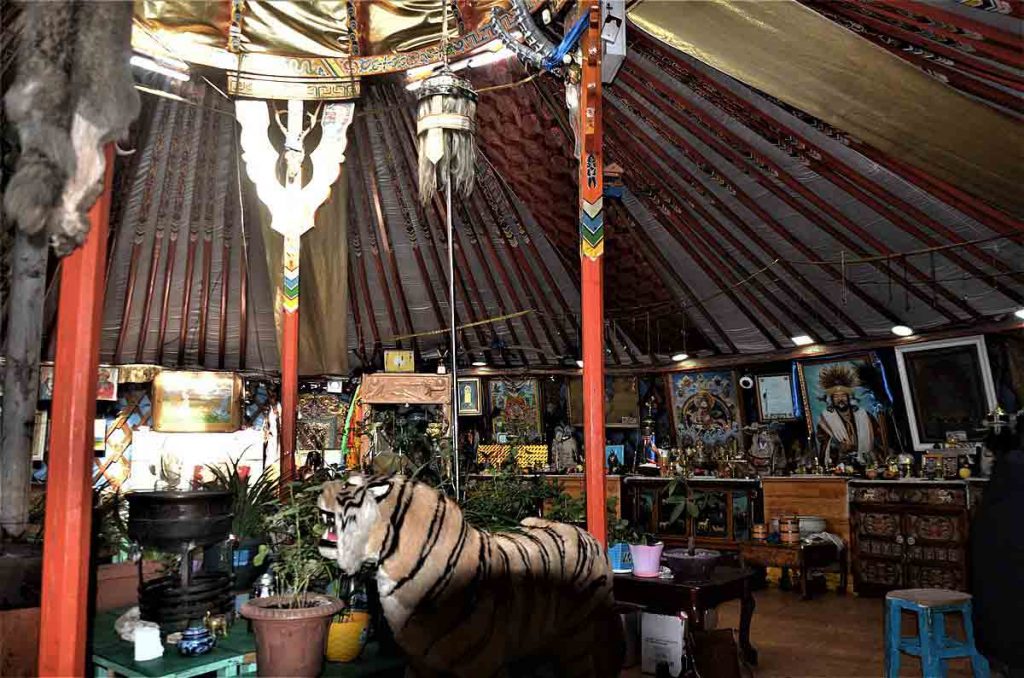
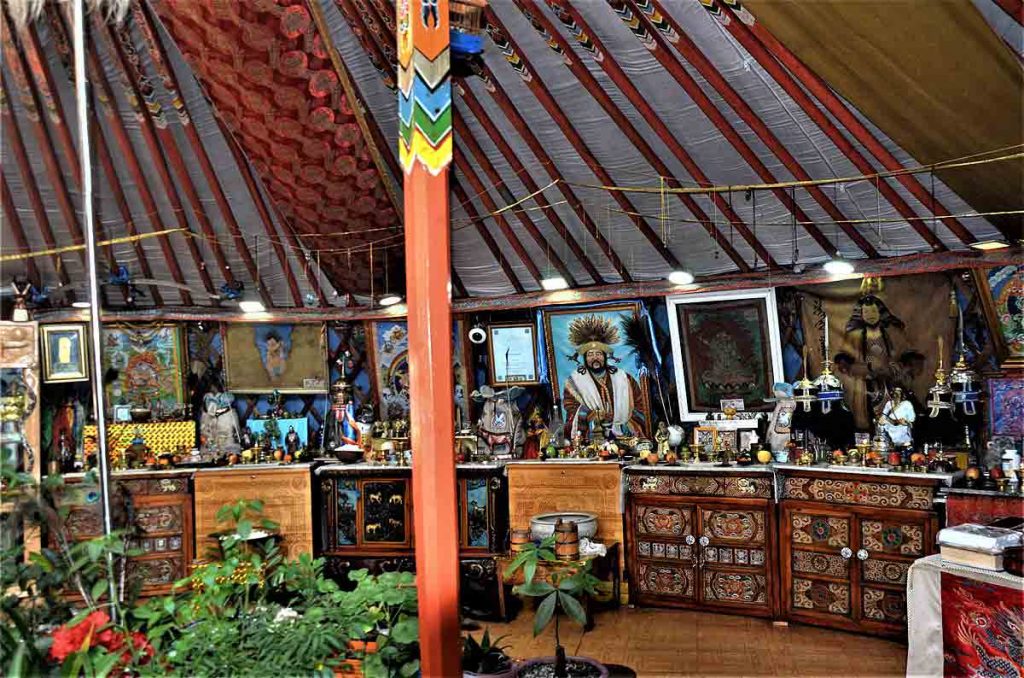
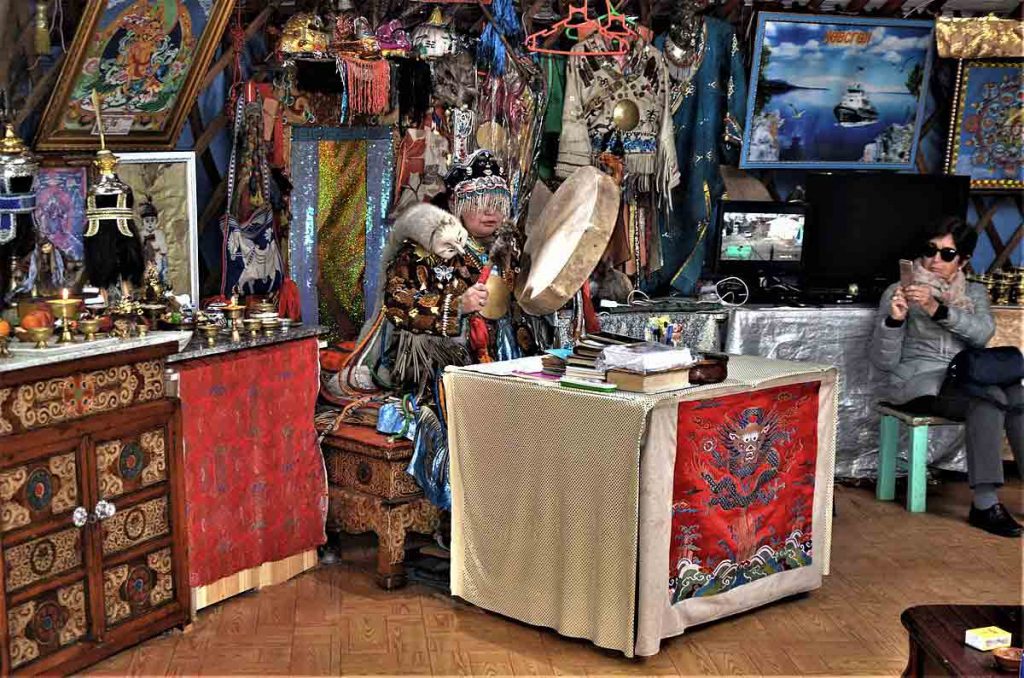
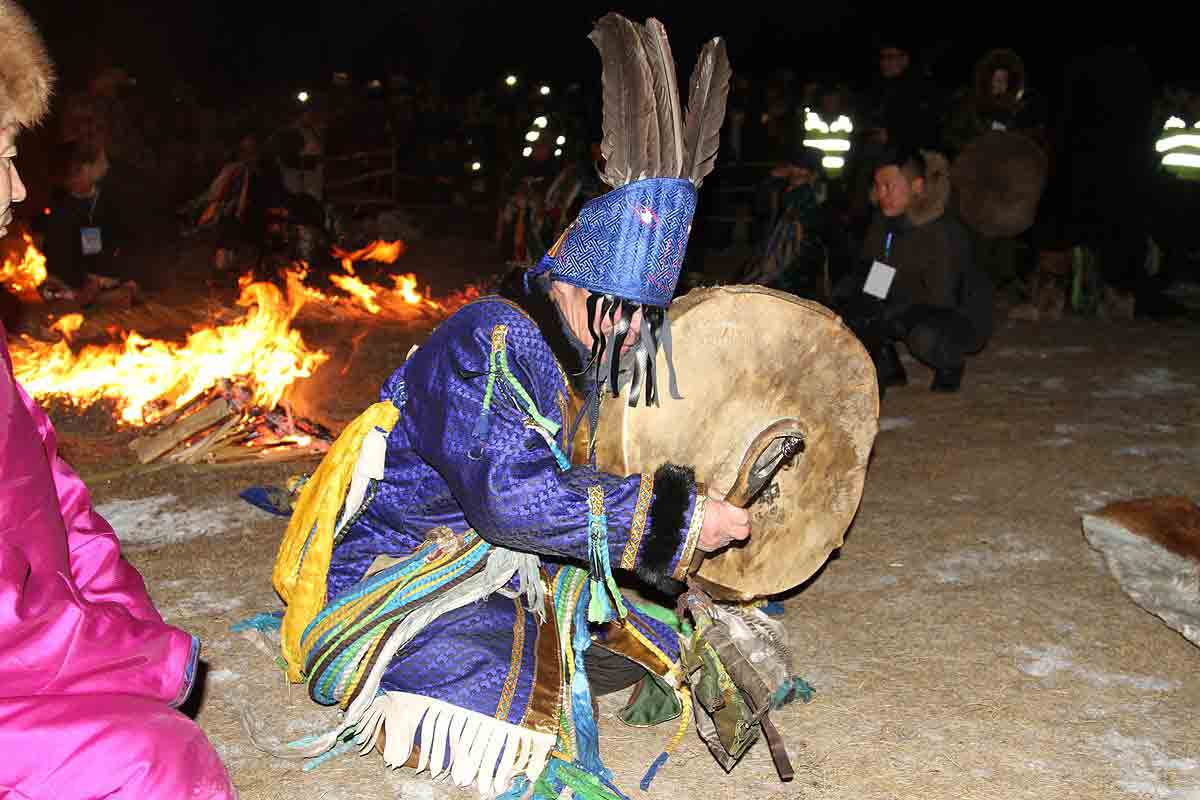
Since the fall of the communist government, all religions are allowed to be practiced without regulation or discrimination this has led to a small population of Mongolians converting to Christianity and Islam. Roughly about 3.5% (105,000 people) of the population identify as Muslim and 1.3% (42,000 people) identify as Christians. As of 2020, there are also about 23,000 people who practice religions other than Buddhism, Mongolian shamanism, Islam, and Christianity. 40.6% (1,000,000 people) of the population are atheists or choose not to participate in religious practices.
